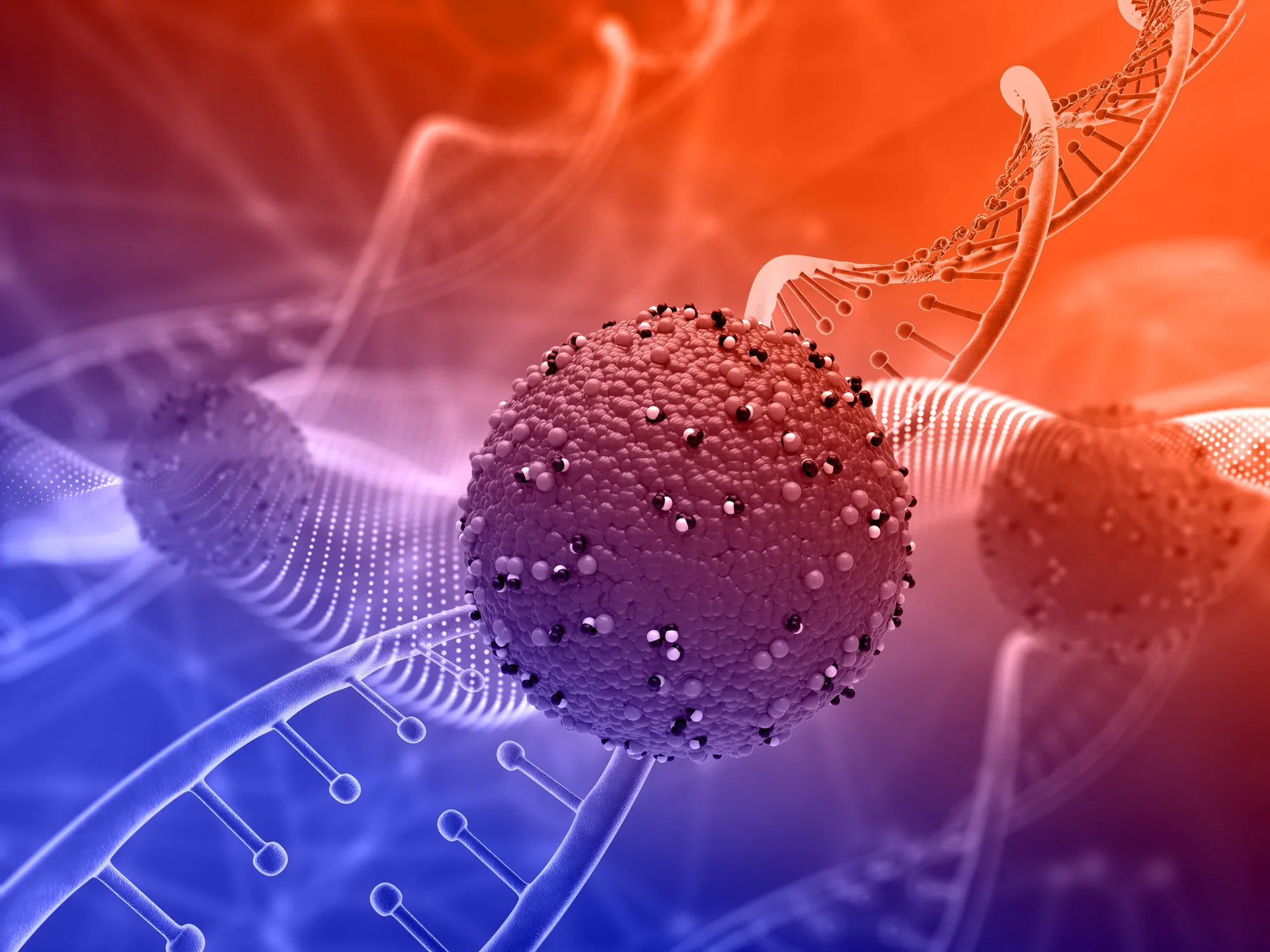DOI: 10.3390/biom9050172
Introduction
Cancer remains a leading cause of mortality worldwide despite advances in treatment modalities. One promising area in cancer research and therapy is the delivery of therapeutic agents directly to tumors using nanoparticles (NPs), which can reduce side effects and improve treatment efficacy. Nanomedicine aims to leverage the unique physical, chemical, and biological properties of nanoparticles to preferentially target and treat cancerous tissues.
A recent study published in the journal Biomolecules by a team of researchers led by Xiang Zhichu introduces a groundbreaking approach to enhancing the delivery efficiency of nanoparticles to tumors. Their strategy employs peptosomes, a novel form of self-assembled amphiphilic peptide nanoparticles, as an adjuvant to boost the targeting and penetration of nanoparticles to tumor cells that express integrin αvβ3 and neuropilin-1 (NRP1), prevalent markers in various cancer types.
The Study
The research by Xiang et al. focused on the design and synthesis of amphiphilic peptide APPA, which forms self-assembled peptosomes capable of interacting with NRP1 expressed on tumor cells. These peptosomes were co-administered with other nanoparticles containing therapeutic compounds, such as magnetosome (Mag)-based T2 contrast agents and chemotherapeutic drugs like liposomal doxorubicin or biologics like trastuzumab, an antibody that targets HER2+ breast cancer cells.
By leveraging the co-endocytosis mechanism, the peptosomes and the co-administered nanoparticles were taken up simultaneously by the tumor cells through the interaction with NRP1. This process led to significantly improved tumor uptake and penetration of the nanoparticles as confirmed by various in vivo and in vitro studies, including Magnetic Resonance Imaging (MRI).
The evidence suggests that the peptosome-nanoparticles complex reaches the tumor tissues more efficiently, and releases the cargo inside the tumor microenvironment, which could result in greater treatment effectiveness and lower systemic toxicity.
Significance
The collaborative behavior of the peptosome with the therapeutic nanoparticles represents a novel strategy for enhancing the delivery and efficacy of cancer therapies. It addresses some of the critical challenges in the field of nanomedicine, such as limited targeting specificity and penetration depth within the tumors. By using a dual-receptor targeting methodology, this technique demonstrates a significant increase in treatment success rates in preclinical models.
Keywords
1. Nanoparticle delivery cancer
2. Peptosome co-endocytosis
3. Nanomedicine targeting tumors
4. Neuropilin-1 targeted therapy
5. Integrin αvβ3 nanotherapy
References
1. Dai Q., Wilhelm S., Ding D., Syed A.M., Sindhwani S., Zhang Y., Chen Y.Y., MacMillan P., Chan W.C. (2018). Quantifying the Ligand-Coated Nanoparticle Delivery to Cancer Cells in Solid Tumors. ACS Nano, 12(8), 8423-8435. DOI: 10.1021/acsnano.8b03900.
2. Sun Q., Zhou Z., Qiu N., Shen Y. (2017). Rational Design of Cancer Nanomedicine: Nanoproperty Integration and Synchronization. Adv. Mater., 29(17), 1606628. DOI:10.1002/adma.201606628.
3. Prabhakar U., Maeda H., Jain R.K., Sevick-Muraca E.M., Zamboni W., Farokhzad O.C., Barry S.T., Gabizon A., Grodzinski P., Blakey D.C. (2013). Challenges and Key Considerations of the Enhanced Permeability and Retention Effect for Nanomedicine Drug Delivery in Oncology. Cancer Res., 73(8), 2412-2417. DOI: 10.1158/0008-5472.CAN-12-4561.
4. Chauhan V.P., Jain R.K. (2013). Strategies for advancing cancer nanomedicine. Nat. Mater., 12(11), 958-962. DOI: 10.1038/nmat3792.
5. Xiang Z.Y.X., Jiang G., Fan D., Geng L., Wang H., Hu Z., Fang Q. (2019). Design of a Simple and Practical Nanosystem Coordinates Tumor Targeting and Penetration for Improved Theranostics. Adv. Ther., 2(1), 1800107. DOI: 10.1002/adtp.201800107.
Conclusion
The implementation of peptosomes in nanoparticle delivery has opened a riveting chapter in cancer therapy. By employing a dual-receptor targeting mechanism that utilizes co-endocytosis, researchers have demonstrated a marked improvement in the delivery and penetration of nanotherapeutics in tumor tissues.
This technology has the potential to enhance the clinical outcomes of existing treatments while minimizing unintended systemic effects, paving the way for more targeted and efficient cancer therapies. As the research continues to develop and move towards clinical trials, the hope is for a new era in personalized and precision medicine for the treatment of cancer and possibly other diseases where targeted delivery is critical.
The innovative approach discussed in the Biomolecules publication by Xiang et al. exemplifies the collaborative efforts in nanotechnology and molecular biology that could shape the future of patient care, offering more effective, safer, and patient-specific treatment options.
